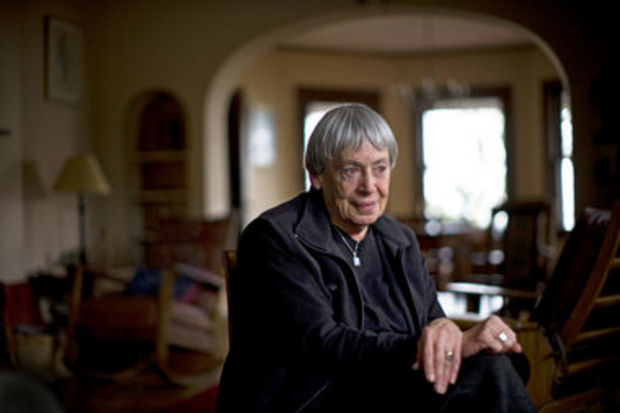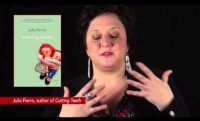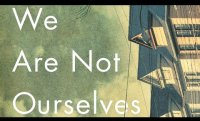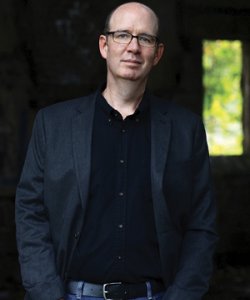Submissions are open for the twenty-seventh annual Oregon Book Awards, sponsored by the Portland-based nonprofit Literary Arts. The annual prizes are given for books by Oregon residents published in the previous year. The winners will receive $1,000 each and will be announced at an awards ceremony in Portland in April.
 Awards are given in the following categories: poetry, short fiction, the novel, creative nonfiction, general nonfiction, children’s literature, young adult literature, drama, and readers’ choice. Submit two copies of a book published between August 1, 2013, and July 31, 2014, with the required entry form and $40 entry fee by August 29. Submissions should be mailed to Literary Arts, 925 SW Washington, Portland, OR 97205. Writers who are Oregon residents and who live in Oregon for at least six months of the year are eligible. Self-published books are eligible. The judges for each category will be announced when the finalists are announced in January; all judges are from out of state.
Awards are given in the following categories: poetry, short fiction, the novel, creative nonfiction, general nonfiction, children’s literature, young adult literature, drama, and readers’ choice. Submit two copies of a book published between August 1, 2013, and July 31, 2014, with the required entry form and $40 entry fee by August 29. Submissions should be mailed to Literary Arts, 925 SW Washington, Portland, OR 97205. Writers who are Oregon residents and who live in Oregon for at least six months of the year are eligible. Self-published books are eligible. The judges for each category will be announced when the finalists are announced in January; all judges are from out of state.
The 2014 winners include poet Mary Szybist for her collection Incarnadine (Graywolf), chosen by Kwame Dawes; fiction writer Ursula K. Le Guin for her story collection The Unreal and the Real (Small Beer Press), chosen by Alan Cheuse; nonfiction writer Jay Ponteri for his memoir Wedlocked (Hawthorne Books), chosen by Ander Monson; and fiction writer Amanda Coplin for her novel The Orchardist (Harper Perennial), chosen by readers.
Literary Arts has administered the Oregon Book Awards for twenty-seven years. The organization also offers the Portland Arts & Lectures series, Oregon Fellowships, Writers in the Schools program, and Delve Readers Seminars.
Photo: Ursula K. Le Guin, the 2014 fiction winner. Credit: Motoya Nakamura







 Awards are given in the following categories: poetry, short fiction, the novel, creative nonfiction, general nonfiction, children’s literature, young adult literature, drama, and readers’ choice. Submit two copies of a book published between August 1, 2013, and July 31, 2014, with the required
Awards are given in the following categories: poetry, short fiction, the novel, creative nonfiction, general nonfiction, children’s literature, young adult literature, drama, and readers’ choice. Submit two copies of a book published between August 1, 2013, and July 31, 2014, with the required 
